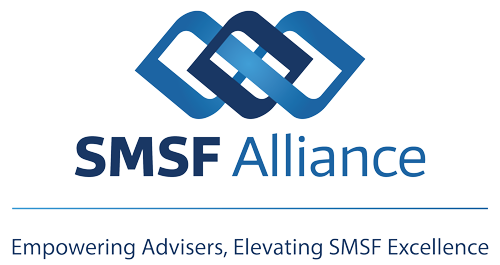We all know that the level of in-house assets cannot rise above 5% of the fund value at the end of the financial year but what value is that? What is often not appreciated is that it is the gross value. That means that a fund with a $500,000 balance generally has an in-house asset limit of $25,000 but, if it was comprised of a $1m asset with a $500,000 loan against it, the in-house asset limit would be $50,000.
With some exceptions, an in-house asset is:
- a loan to, or an investment in, a related party of the fund
- an investment in a related trust of the fund
- an asset (excluding business real property) of the fund that is leased to a related party.
If the fund has breached the in-house asset limit as at 30 June the law requires the fund to divest itself of the asset that caused the breach. For a first offence this is generally overlooked provided it is rectified before the end of the following financial year.
Interestingly, if the in-house asset limit was exceeded, for the first time, during the year, provided it was not due to the acquisition of an in-house asset, no breach will occur if it’s rectified by 30 June. Such a scenario might arise due to disparate changes in investment valuations but could also occur because an existing asset has changed status. e.g. an existing residential property becomes leased to a related party by way of a new lease or a change in relationship status such as marriage – unlikely but not impossible – causing an arm’s length residential tenant to become a related party.


